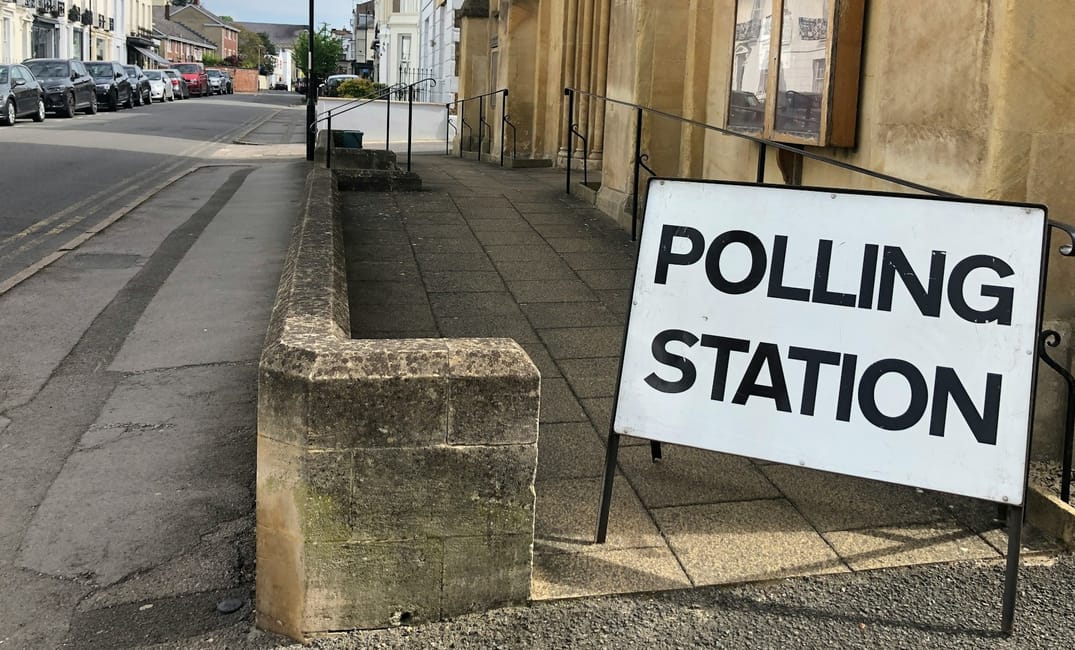✏️ Charles King-Tennison
Young people are one of the least likely groups of people to vote, but voting is a central part of democracy. It’s the bit where we choose who represents us and makes decisions will be made on our behalf. Democracies usually have a directly elected Parliament, where everyone above a certain age votes.
However, things aren’t always as straightforward sounding as this. The way those votes are converted into representatives in a Parliament varies; different countries use different types of voting systems.
I’m going to explore what the different voting systems are, what impact they have and whether we need to rethink the current system we’re using.
What are the different voting systems?
In the UK we have First Past the Post (FPTP) is a voting system which is a straight race between candidates in each constituency (this is an area of the country to which an MP is assigned). So the person who wins the most votes in a given constituency wins the constituency seat and becomes the MP for that area. To win a seat a candidate may receive anywhere from 20% of the vote to over 60% of the vote. The party with the most seats then forms a government – even if most of their MPs are elected with only 30% of the votes in their constituency.

On the other hand, Proportional Representation (PR), is the idea where the percentage of votes won by each party in the whole country is roughly or precisely equal to the number of seats each party gets. Unlike FPTP this means often MPs do not represent local areas and often results in coalition governments (two or more parties in government together), as it is very rare a party wins over 50% of the votes in a country.
In contrast, Mixed Member Proportional representation, or MMP for short, is a voting system that draws a compromise between PR and FPTP. Scotland, Germany and New Zealand all use a form of MMP.

How does MMP work?
With MMP you get two votes: one for your local candidate and one for a national party.
- The first vote is for your local candidate and works exactly like the FPTP system works in the UK. You vote for a candidate to represent your local Constituency and the person with the most votes wins. Each Constituency automatically sends one MP to Parliament.
- The second vote helps the Electoral Commission balance the Parliament’s proportion of MPs from different parties to better represent the national vote share. They do this by reviewing lists, submitted by each party before the election, of candidates to be MPs. In this review, they figure out how many more MPs would be needed for underrepresented parties until they are proportionally represented. These MPs are then selected from the lists, boosting the numbers of underrepresented parties.
After counting the local votes and selecting Constituency MPs through the FPTP system, the second vote helps give the proportion of votes each party got across the whole country. The Electoral Commission gives seats to underrepresented parties, producing a balanced number of seats for each party.
For example, if the hypothetical Pink Party won 4 constituencies (0.6% of the seats in Parliament Parliament) through FPTP but the national vote won them 0.9% of the votes (equal to 6 seats in parliament), then the 2 names from the Pink Party list would be selected as MPs: giving the Pink party 6 MPs.
Names are only selected from the list if a party is underrepresented. If a party is fairly represented, no seats are added, and if a Party is overrepresented, with too many Constituency MPs, then they have extra ‘overhang seats’. Overhang seats occur where MPs elected in constituencies are directly elected, meaning they can’t be removed, leaving them slightly overrepresented. This is where the term ‘overhang’ comes from.
It is because of overhang and list seats that the 2017 federal election in Germany returned 709 members to Parliament – 111 more than the constitutional minimum of 598 MPs.
What are the Pros and Cons?
As a compromise between FPTP and PR, MMP has some of the strengths and weaknesses of both systems. It takes many of the best points such as:
- MMP is much more representative of the votes cast, so small parties whose voters are in a small geographic location aren’t overrepresented and small national parties aren’t underrepresented.
- Smaller parties being represented more fairly would give our politics a broader range of opinions, which could improve the standard of political debate.
There are also some weaknesses:
- As some MPs are selected from the pre-submitted party lists and some voted in by constituencies, it does open the possibility of MPs being treated differently.
- MMP is more complicated than FPTP and would take longer to produce a result and be more expensive to run.
- MMP often leads to coalition governments, which require parties to compromise and work together more effectively than they do already in the British parliament.
Final Thoughts
All electoral systems have flaws. MMP does not produce as many strong governments as FPTP and requires more room for compromise. MMP may not be entirely proportional like the PR system but it offers a strong compromise when strengths are taken from each system. The most important part of politics is that voters remain engaged and MMP has the potential to make votes count for more and make more people engaged. Nevertheless, it is up to the people to decide which system you think is best: do you want FPTP’s stronger government, perfect representation from PR, or a compromise from MMP?
Thanks for reading our article! We know young people’s opinions matter and really appreciate everyone who reads us.
Give us a follow on Instagram, Twitter and Facebook to stay up to date with what young people think.

